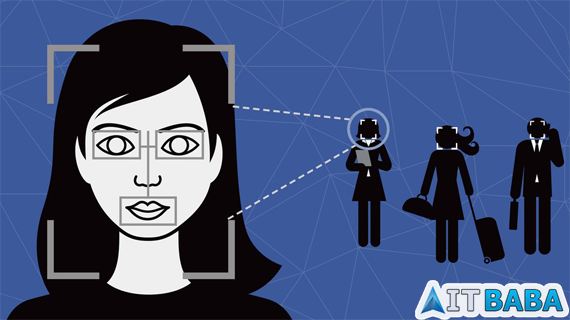Parallels is best known for its virtualization software that lets people run Windows from within OS X. Now the company is stepping into a different -- and much more crowded -- space with Parallels Access, a remote access solution for controlling your Windows or Mac computer from an iPad. Unlike existing players, however, Parallels says its software “applifies” full-fledged Mac and Windows apps so they run as if they were made for iPad.
The setup process is rather straightforward. Users are required to download an iPad client and run an agent on a Mac or Windows PC. The real highlight comes from the way things are presented once you launch Access on your iPad; rather than just mirroring your computer screen and translating touch into cursor actions, the software detects applications on your desktop and presents them with a grid-style launcher, laid out like other iOS apps.

Desktop apps launch maximized to a full screen view, which gives a native feel to them, and Access will overlay gesture controls to enable iOS-like touch gestures including one finger scroll, pinch to zoom, two finger tap for right click, and triple tap to select. The app lets users copy and paste content from the computer to the iPad, the other way around, or even between computers if you are accessing more than one.
By default, the app launcher shows your most commonly used desktop applications, but you can add and delete those from the home grid as you see fit. For everything else there’s a handy search field.
There’s also an app switcher feature to move between desktop applications with ease, and of course you can always go into full desktop mode and use the mouse pointer whenever finger input just won’t cut it. The keyboard shows up when needed with dedicated keys for functions and arrows tacked onto the standard iOS version.
Initial impressions around the web are mostly positive, though they do note that the experience isn’t always frustration free -- depending on the application, inevitably you’ll find yourself tapping on elements that aren't finger friendly, but Access minimizes this by interpreting taps that are close to buttons so you hit the right one.
More than early software glitches the primary letdown seems to be pricing. Parallels Access will set you back $80 per year for each computer being accessed. The Mac agent is available immediately with a 14-day free trial, while the Windows agent is currently in beta and is available at no charge for a more generous 90 days.
Explore More
It's easy for humans to identify faces in pictures on Facebook, but the method isn't as simple for computers. Sure, Facebook has a suggested prompt that predicts who you're trying to tag, but now the company is working on a technology that promises "near-human accuracy" so you won't have to do it yourself in the future.

Facebook's API Group is developing software called DeepFace, which maps 3D facial features and creates a colorless model to narrow in on specific characterizations. The accuracy of the method is 97.25%, which is just under the 97.5% accuracy that a human can identify, according to the group.
"We present a system (DeepFace) that has closed the majority of the remaining gap in the most popular benchmark in unconstrained face recognition, and is now at the brink of human level accuracy," researchers said in a report released by Facebook API Group. "It is trained on a large dataset of faces acquired from a population vastly different than the one used to construct the evaluation benchmarks, and it is able to outperform existing systems with only very minimal adaption."
To develop the technology, Facebook looked at 4.4 million tagged faces from 4,030 of its users to help the system learn how to better identify features specific to each person. The report also reveals that Facebook looks at modern face recognition in four phases: detect, align, represent and classify.
"We revisit both the alignment step and the representation step by employing explicit 3D face modeling in order to apply a piecewise affine transformation, and derive a face representation from a nine-layer deep neural network," the company notes on its DeepFace page.
Although we might not see the updated approach on Facebook just yet, the site is expected to present it at the IEEE Conference on Computer Vision and Pattern Recognition in June, according to MIT Technology Review.